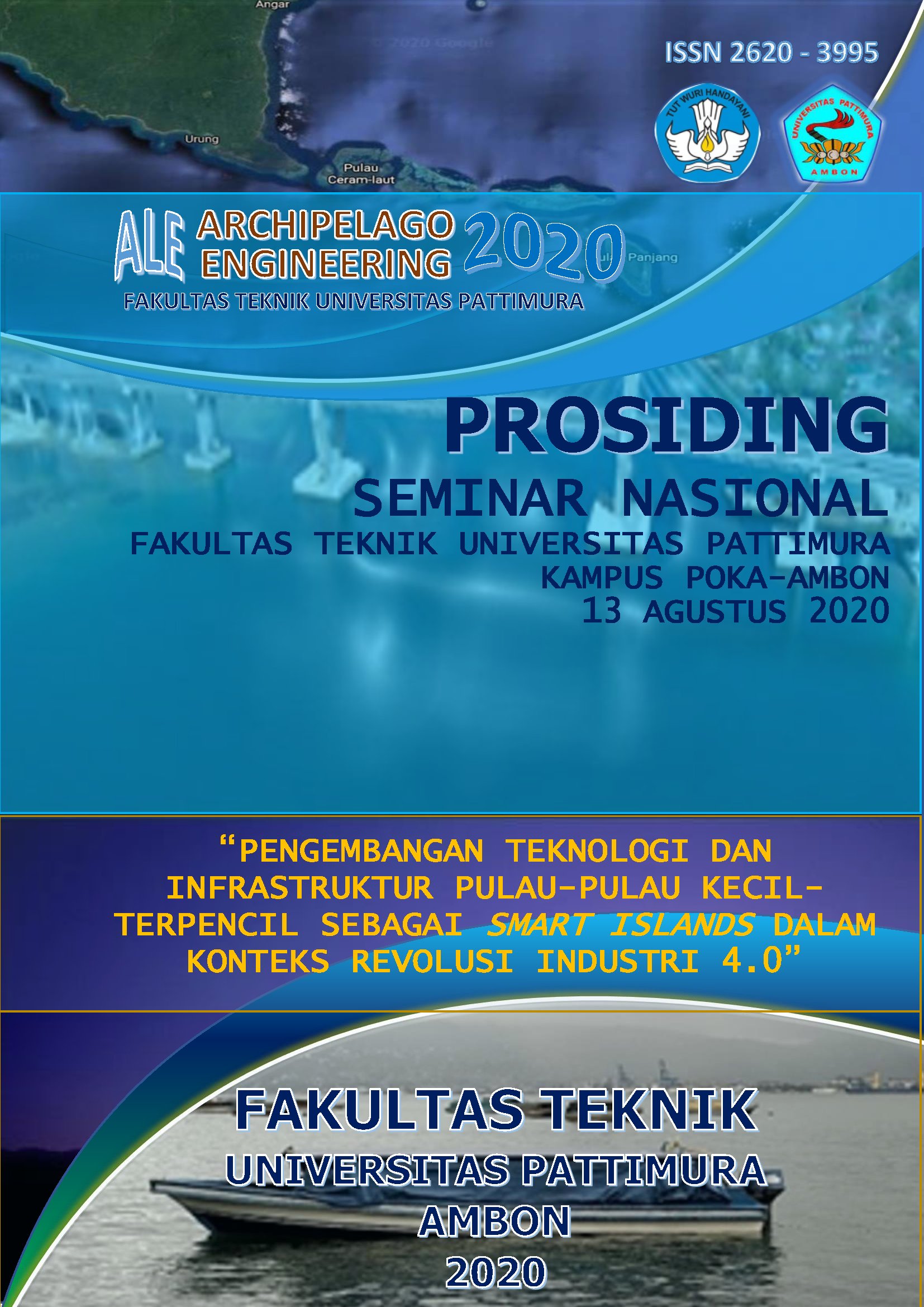ANALISIS MANUAL MATERIAL HANDLING UNTUK MEMINIMALISIR TERJADINYA MUSCULOSKELETAL DISORDER PADA PEKERJA TAHU
Abstract
Penggunaan tenaga manusia sebagai sumber tenaga kerja memiliki resiko terjadinya cidera pada tulang belakang. Fleksibilitas gerakan merupakan satu-satunya alasan industri masih memanfaatkan tenaga manusia dalam penanganan material secara manual. Berdasarkan hasil kuisioner Nordic Body Map (NBM) pada 2 orang responden di UKM. Sederhana, yaitu responden pertama menunjukan scoring NBM sebesar 43, yang artinya masuk dalam kategori tinggi dan perlu dilakukan perbaikan segera. Pada responden kedua menunjukan nilai skoring NBM sebesar 38 yang artinya masuk dalam kategori sedang dan mungkin perlu dilakukan perbaikan. Dari hasil analisis kuisioner tersebut, apabila responden bekerja dengan durasi waktu yang lama dan repatitif, kondisi ini akan beresiko terjadinya gangguan sistem musculoskeletal disorders (MSDs) yang berakibat pada masalah back injuries yakni cedera karena adanya gaya tekan pada tulang belakang. Penelitian menggunakan metode NIOSH yang terdiri dari perhitungan MPL (Maximum Permissible Limit) dan RWL (Recommended Weight Limit) pada 2 orang responden di UKM sederhana, sehingga diperoleh hasil yaitu pada responden I terjadi gaya tekan pada segmen L5/S1 sebesar 1907,625 N dan responden II sebesar 1331,843 N dan kemudian berat beban angkat yang direkomendasikan untuk kedua responden tersebut adalah tidak lebih dari 3,763 kg untuk responden I dan tidak lebih dari 3,90 kg untuk responden II.
Downloads
References
[2] Yusuf, M., & Yogyakarta, T. A. (2018). Evaluasi Ergonomi Biomekanika Terhadap Kenyamanan Kerja, (January2006).https: //doi.org/10.13140/RG.2.2.30160.00006
[3] Nurmianto, Eko., (1996), Ergonomi, Konsep Dasar dan Aplikasinya, PT.Guna Widya, Jakarta.
[4] Tayyari F. Dan Smith. J. L., (1997) Ocupational Ergonomics: Principles and Application, London: Chapman&Hall.
[5] OSHA, (2000), Ergonomics : The Study of Work . U. S. Departement of Labor
[6] Occupational Health and Safety Council of Ontario (OHSCO). (2007). Prevention Musculoskeletal Tool Box. Ontario, USA.
[7] National Institute the occupational Safety and Health NIOSH (1997). Musculoskeletal Disorders and Workplace Factors: A Critical Review of Epidemiologie Evidence for Work Related Musculoskeletal Disorders. NIOSH: Center for Disease Control and Prevention.
[8] Lianatika (2013), Analisis dan Evaluasi Kerja Manual dengan Menggunakan Metode NIOSH 1991 dan REBA
[9] Chaffin, D.B. and Park, K.S. (1973), A lonitudinal Study of low back pain asassociated with occupatioanl lifting factors, American Industrial Hygiene Association journal, 1973, V 34, P.513.
[10] Winter, D. A. (1979), Biomechanics of Human Movement. Wiley and Sons, New York.
[11] Chaffin, D.B. and Anderson, G. B.J., (1991), Occupational Biomechanics, John Willey & Son.
[12] Tayyari F. Dan Smith. J. L., (1997) Ocupational Ergonomics: Principles and Application, London: Chapman&Hall.
An author who publishes in the ALE Proceeding agrees to the following terms:
- Author retains the copyright and grants ALE Proceeding the right of first publication of the work simultaneously licensed under the Creative Commons Attribution-ShareAlike 4.0 License that allows others to share the work with an acknowledgment of the work's authorship and initial publication in this journal.
- Author is able to enter into separate, additional contractual arrangements for the non-exclusive distribution of the journal's published version of the work (e.g., post it to an institutional repository or publish it in a book) with the acknowledgment of its initial publication in this journal.
- Author is permitted and encouraged to post his/her work online (e.g., in institutional repositories or on their website) prior to and during the submission process, as it can lead to productive exchanges, as well as earlier and greater citation of the published work (See The Effect of Open Access).
Read more about the Creative Commons Attribution-ShareAlike 4.0 Licence here: https://creativecommons.org/licenses/by-sa/4.0/.






